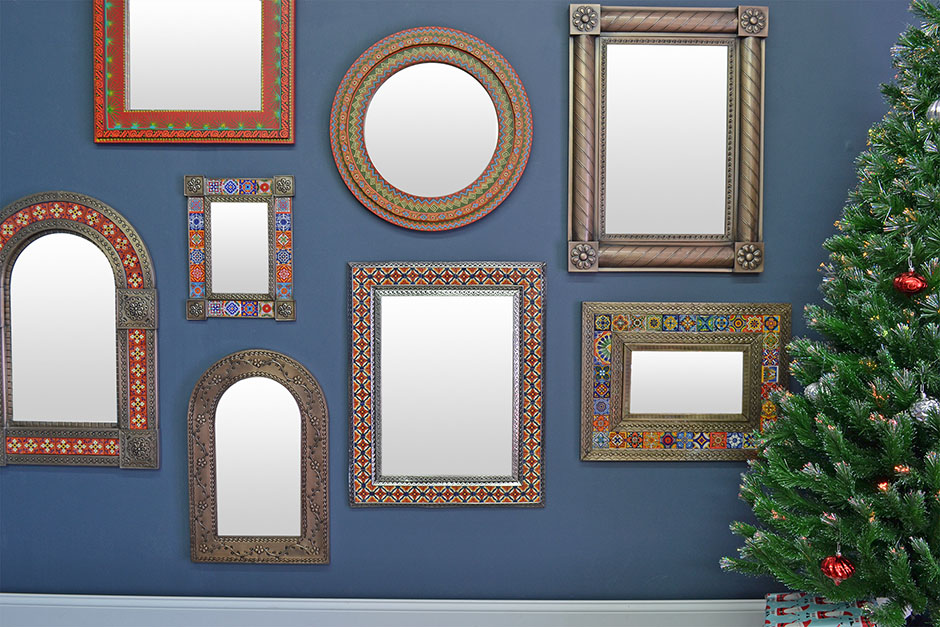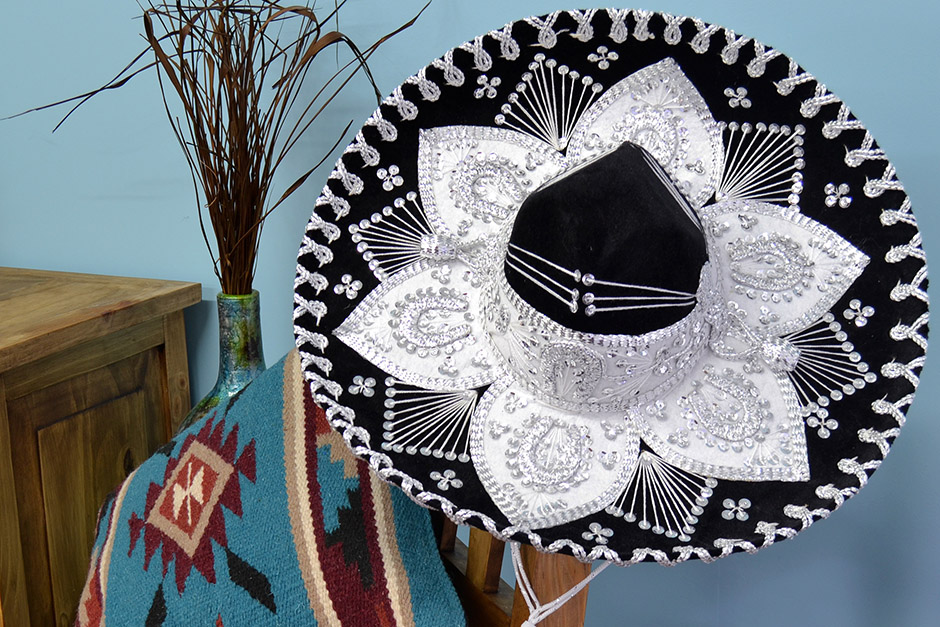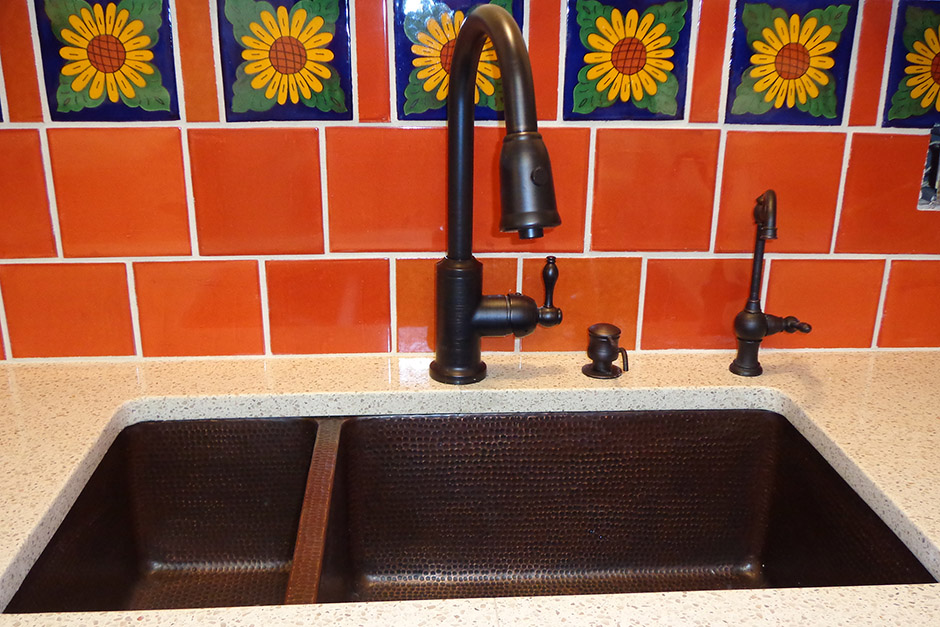Behind the Design
Carving Out A Tradition
April 12, 2010
Two hundred miles south of Mexico City sits a cluster of villages in the state of Oaxaca where an uncommon phenomenon is taking place. A whimsical variety of hand carved, brightly colored wooden figures have single-handedly transformed the way of life and brought fame to an impoverished area previously known only for farming. While locals refer to these figures as Alebrijes, meaning "fantasies" or "figments of the imagination", internationally they're known simply as Oaxacan woodcarvings. At the core of this phenomenon lie the frequently asked questions: Where did such folk art come from and where is it going now?
Woodcarving, in general, is nothing new to the history of Oaxaca. Wooden masks, toys and religious icons have been carved here for centuries. The recent boom in carved folk art can be largely attributed to a once impoverished farmer named Manuel Jimenez. Jimenez was born in 1919 and, like most people from the tiny village of Arrazola, he struggled to support his family. In an effort to find an additional source of income, he dabbled in a number of odd jobs before pursuing his natural gift of woodcarving. At first his carvings were similar to the popular figures being sold in nearby markets, but after experimenting with different types of wood not to mention his own imagination and unique style, a small demand arose for his work. As the popularity of his craft slowly grew, so too did requests from tourists and collectors. After years of selling locally, Jimenez was finally approached in the late 1950s by an American folk art collector and offered an exclusive contract for unlimited production at his newly opened shop. As if his prayers had been answered, Jimenez quickly took advantage of this opportunity and dedicated himself fulltime to his carvings.
In subsequent years, the demand for his distinct carvings grew to such an extent that Jimenez began training his sons, Isaias and Angelico, to carve as well. As their success steadily increased, so too did their wealth, attracting the interest of other recreational artisans in the village of Arrazola. With word spreading and tourism increasing, more and more people from the village adopted a similar carving style in order to capitalize on a market that had never before existed. By 1985, the success of Arrazola's woodcarving community had spread to three nearby villages—San Martin Tilcajete, La Union Tejalapan and San Pedro Taviche. Yet production was still largely an individual activity pursued by a few talented artisans seeking to earn an income before the demand dried up.
To the surprise of everyone, however, the popularity of Oaxacan woodcarvings only grew. Collectors from the United States and Europe continued making frequent trips to Oaxaca and shop owners and wholesalers consistently increased their orders. Before long, artisans were recruiting the help of their entire families. While men remained the primary carvers, women assumed the painstaking job of painting the wooden figures in highly detailed, almost psychedelic patterns. Children were also assigned roles such as sanding and repairing the wood and adding base coats of paint. In some cases, household labor was simply not enough and workers were hired to complete large orders. What begun as a one-man operation was now a full-fledged boom.
Nearly twenty-five years later, the demand for Oaxacan woodcarvings shows no sign of regression. Nor does the authenticity of their creation, which remains entirely in the home as new generations of Oaxacans continue in the tradition of their parents. However, one thing that has most definitely changed, thanks in large part to the Internet, is that local artisans are no longer restricted to tourism, opting instead to export their dazzling creations wherever in the world handcrafted folk art is appreciated.
Whether then or now, the process of creating a Oaxacan woodcarving still reflects the imagination of a skilled artisan and an undeniable connection to the surrounding beauty of Oaxaca. For a dazzling selection of authentic Oaxacan woodcarvings, we invite you to visit our extensive selection at La Fuente Imports. To bring the beauty of Mexico into your home we also have other handcrafted Mexican folk art.
Let's Get Social - Join La Fuente Imports for interior design inspiration on Facebook, Pinterest, Instagram, Twitter and Houzz.



